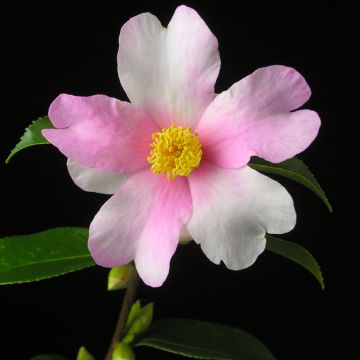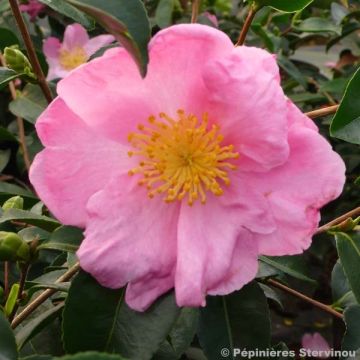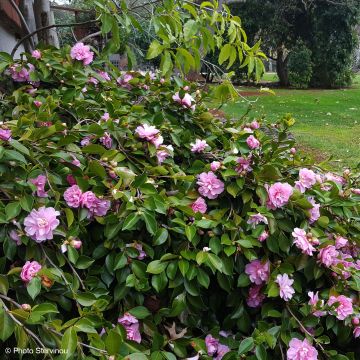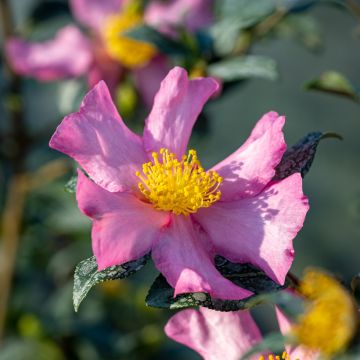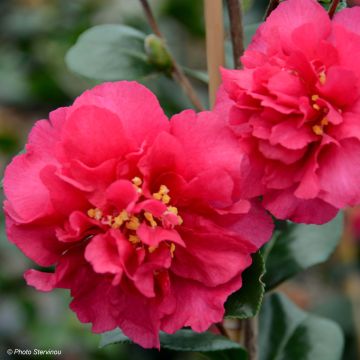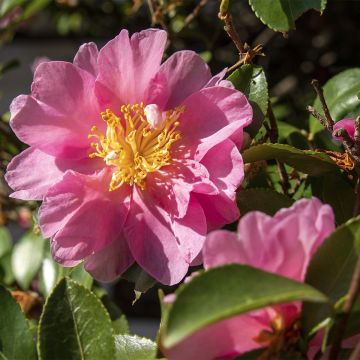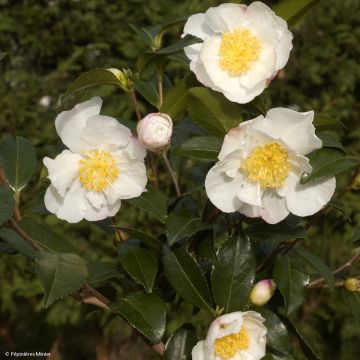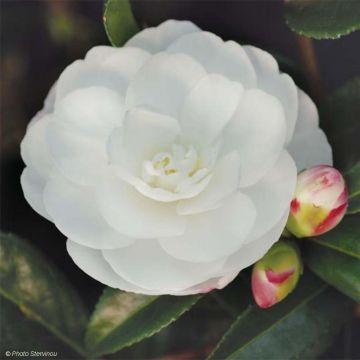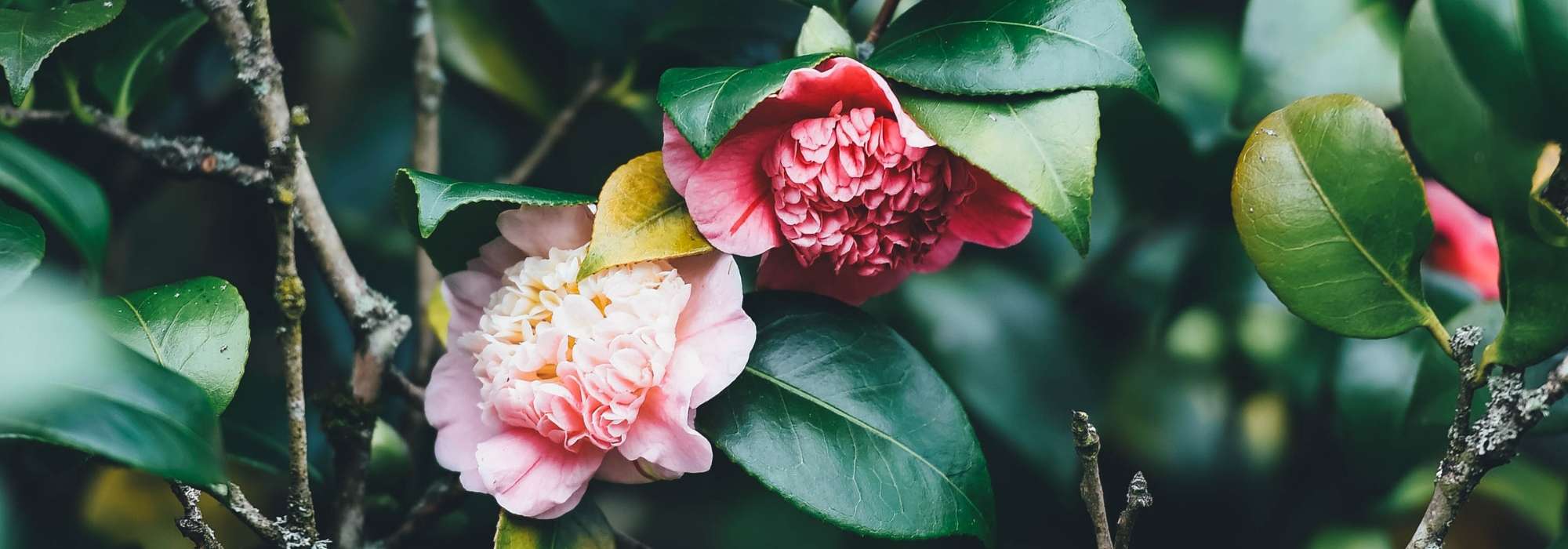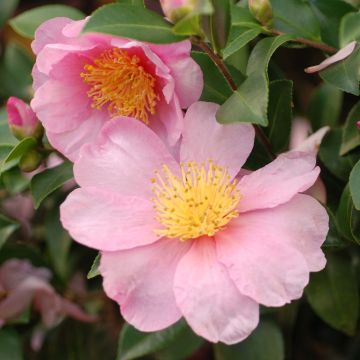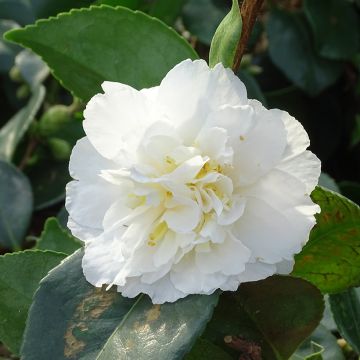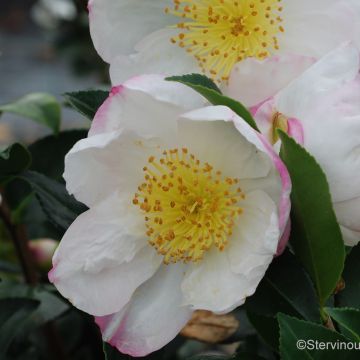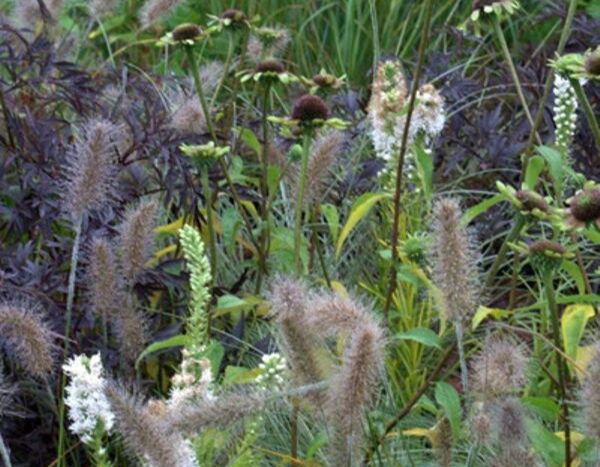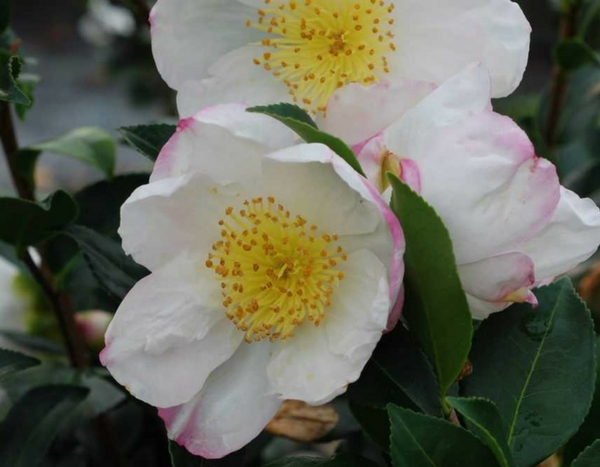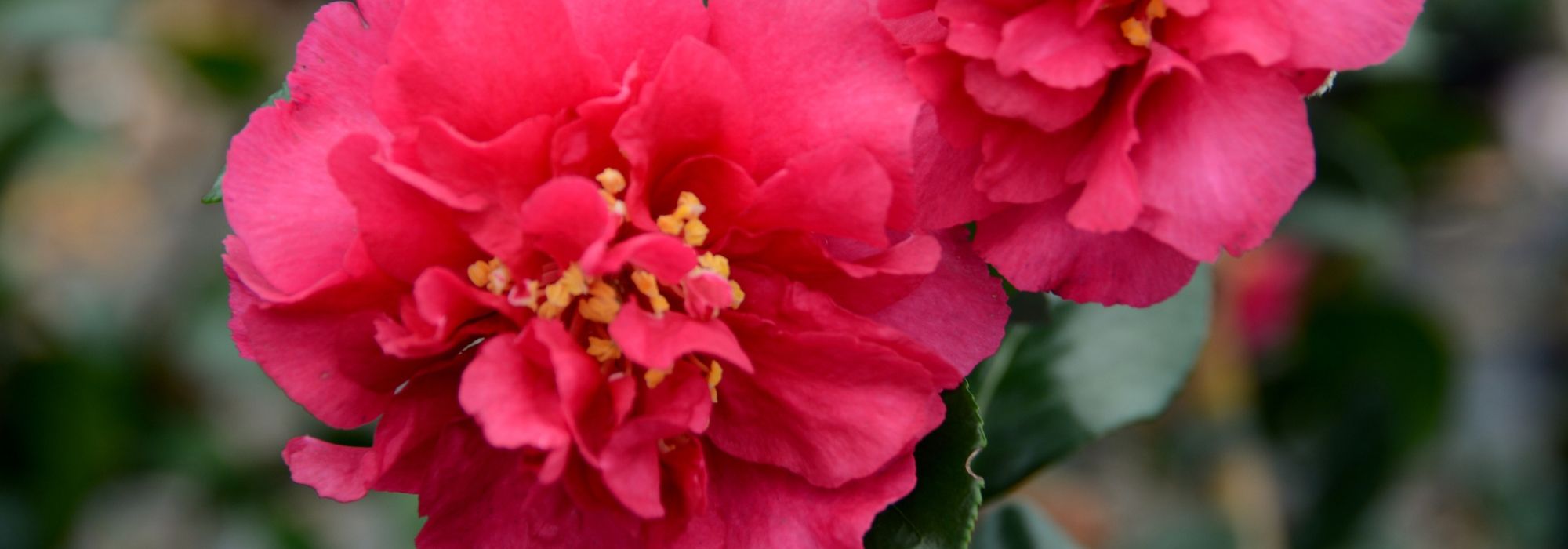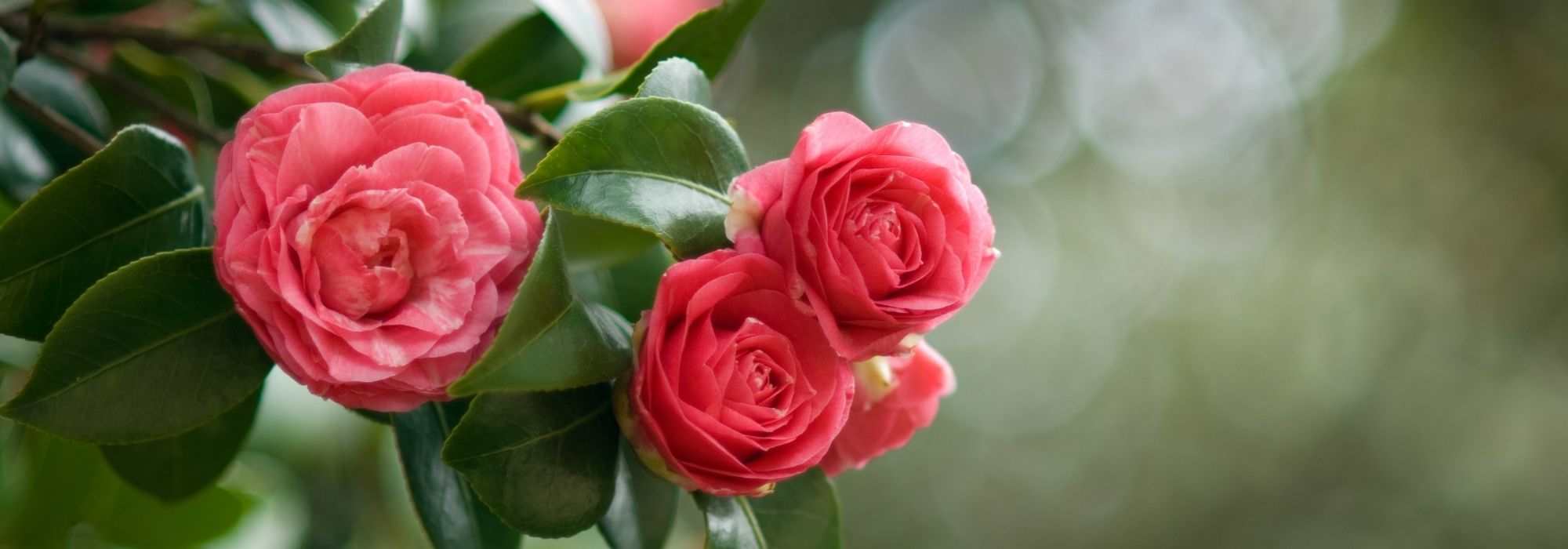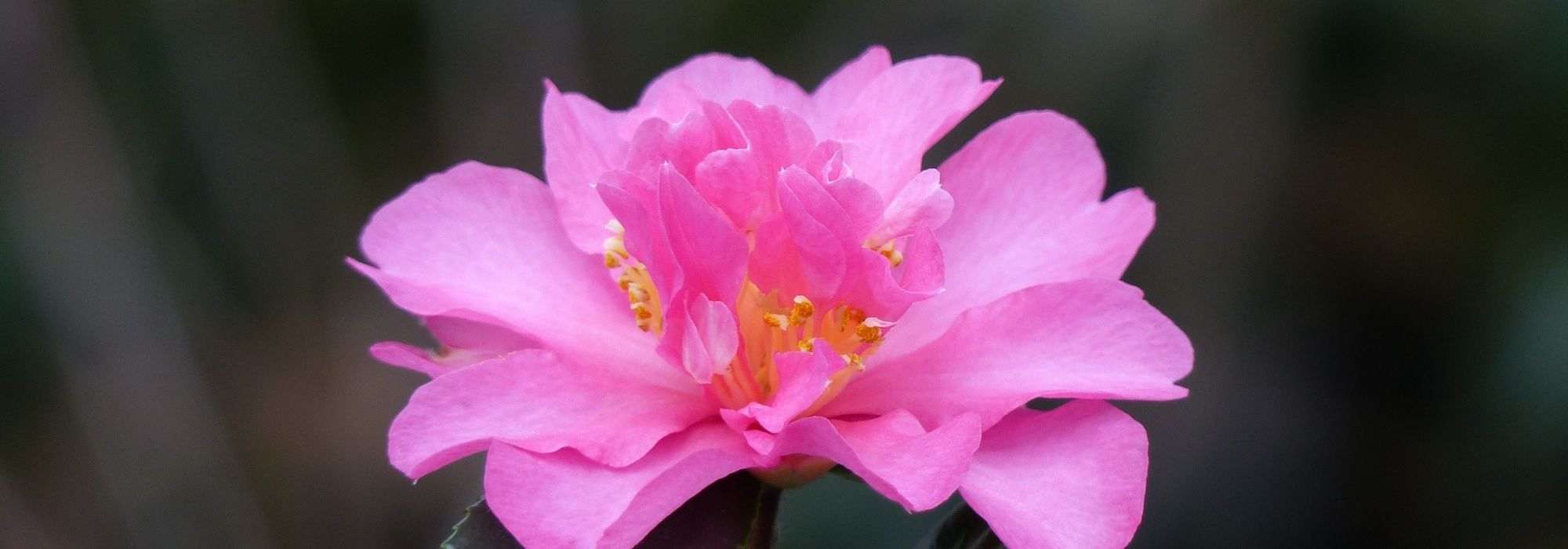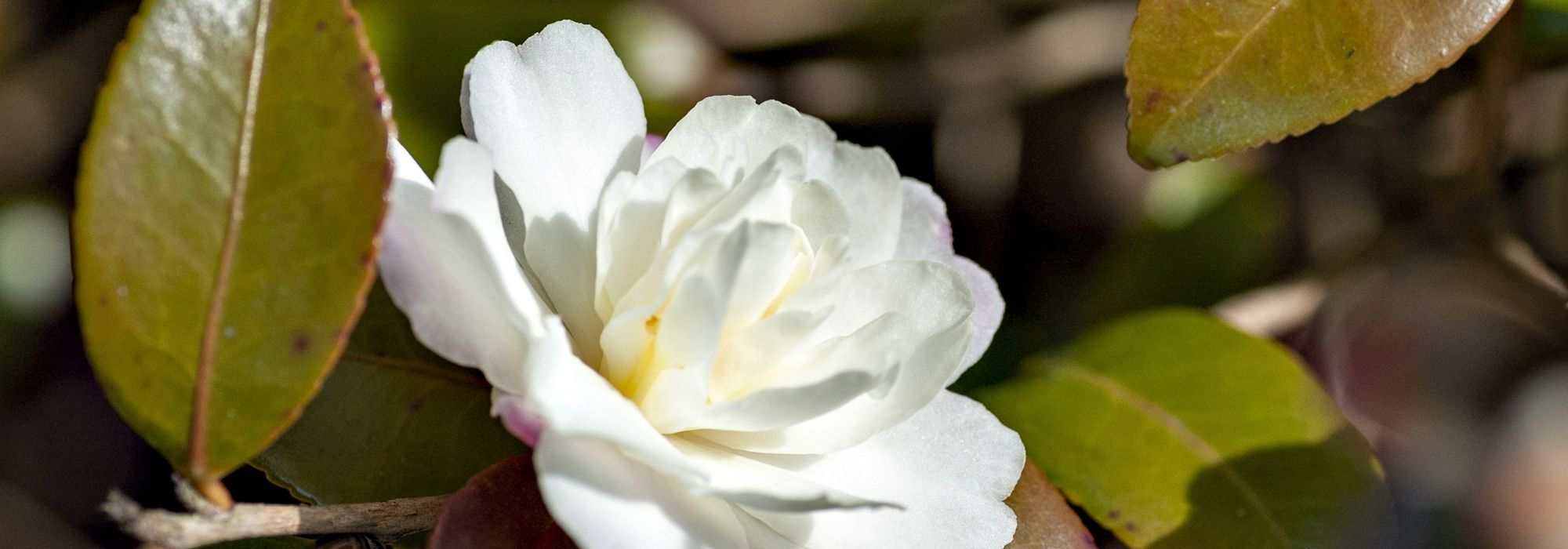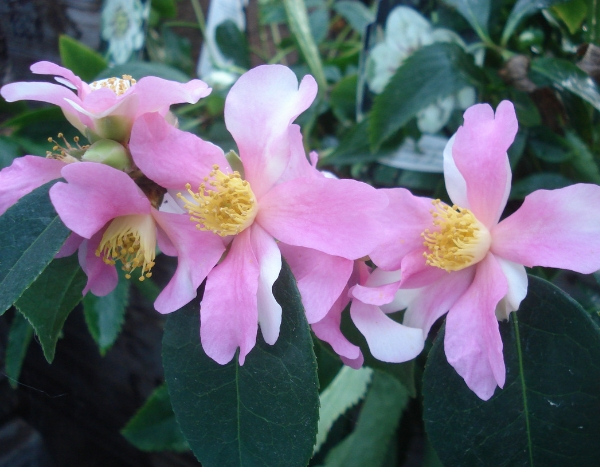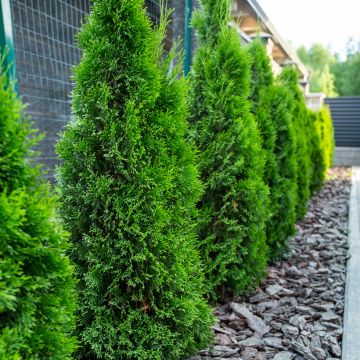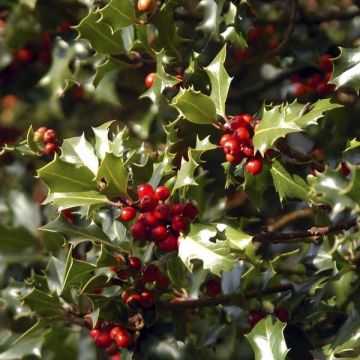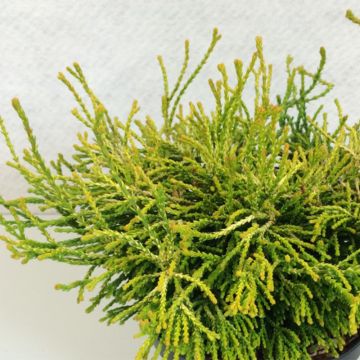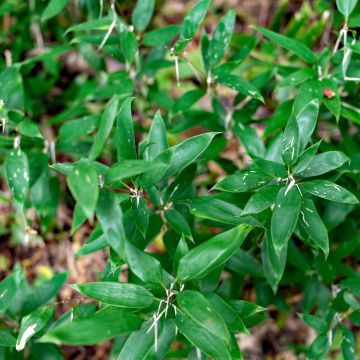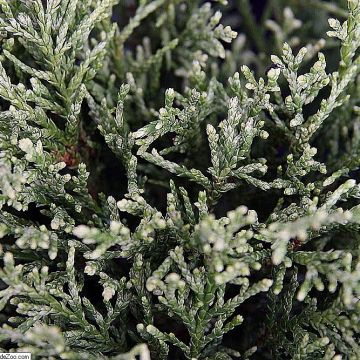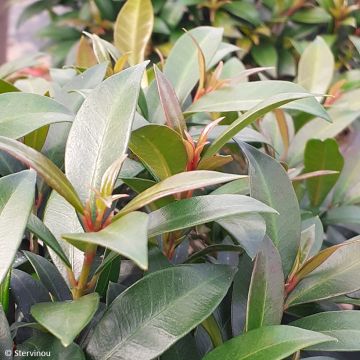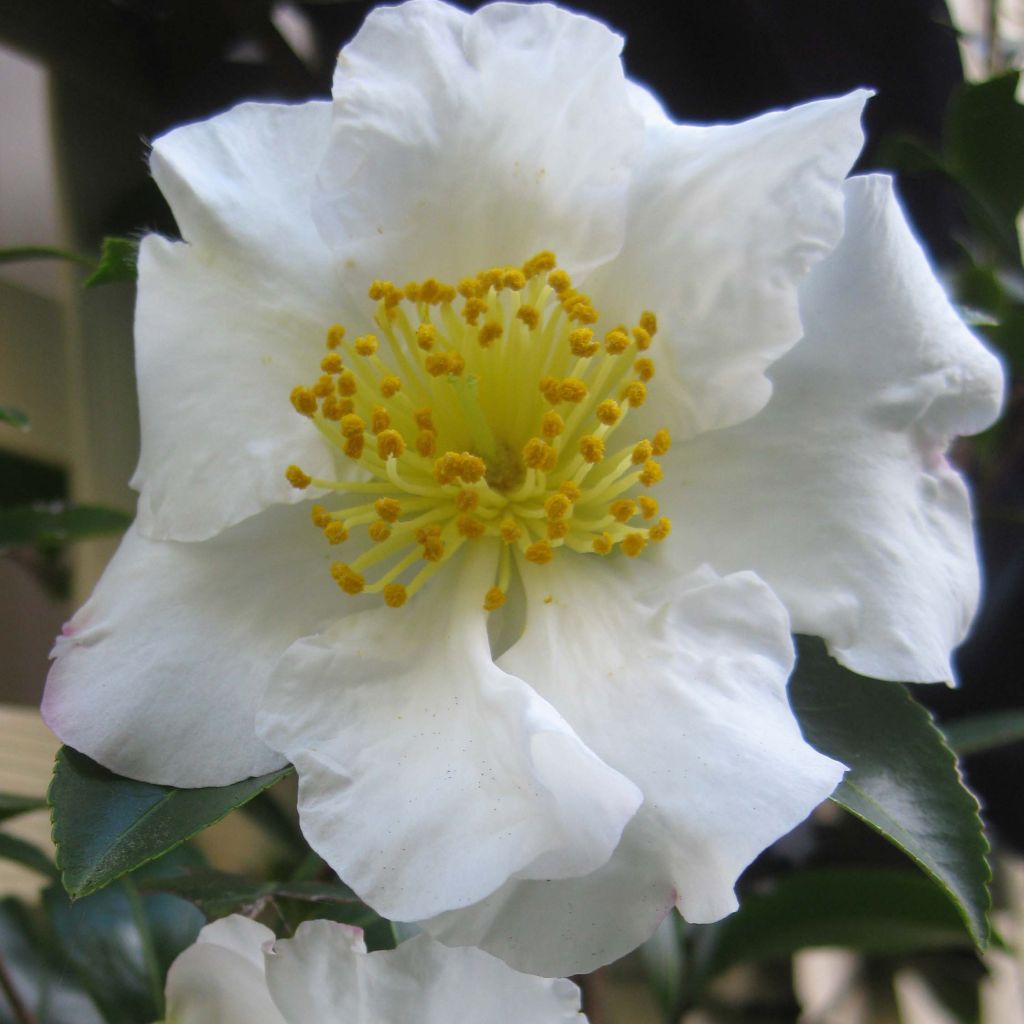

Camellia sasanqua Setsugekka
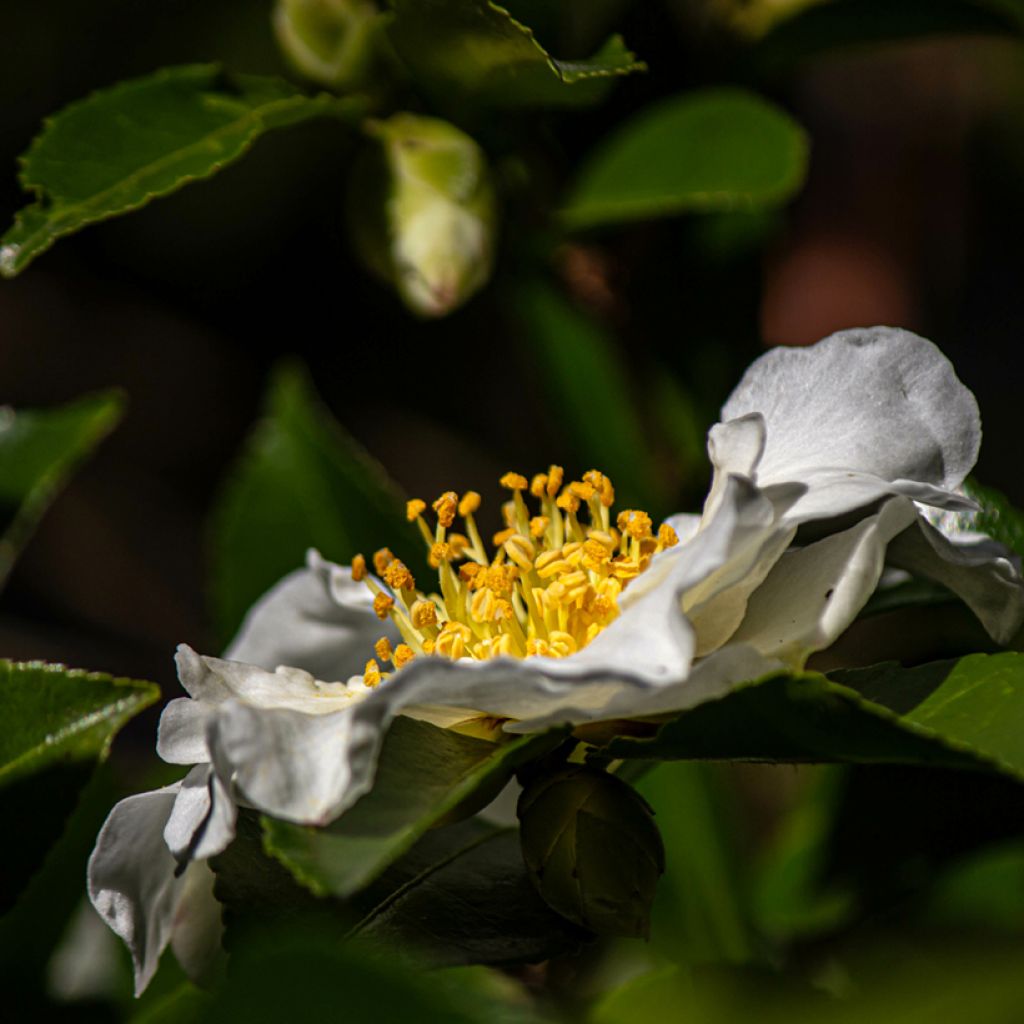

Camellia sasanqua Setsugekka
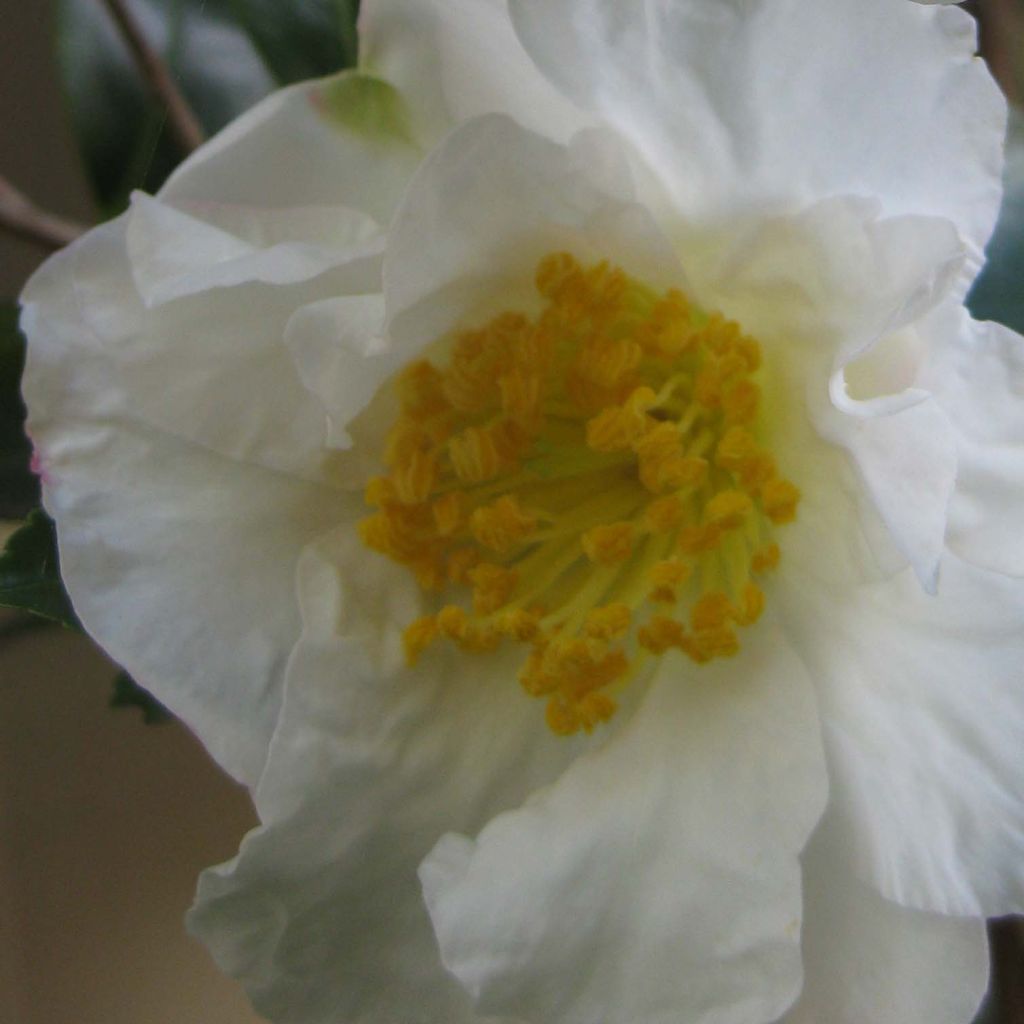

Camellia sasanqua Setsugekka
Camellia sasanqua Setsugekka
Camellia sasanqua Setsugekka
Autumn Camellia, Christmas Camellia
The young plant is very beautiful, it's a variety that I really like. The packaging was a bit flimsy, probably, two of the camellias had broken branches, it's a shame. They are less beautiful than the ones I had ordered for the countryside in October on behalf of Kirchner. Sincerely, Blandine Renard-Kirchner
Blandine R., 30/11/2019
Special offer!
Receive a €20 voucher for any order over €90 (excluding delivery costs, credit notes, and plastic-free options)!
1- Add your favorite plants to your cart.
2- Once you have reached €90, confirm your order (you can even choose the delivery date!).
3- As soon as your order is shipped, you will receive an email containing your voucher code, valid for 3 months (90 days).
Your voucher is unique and can only be used once, for any order with a minimum value of €20, excluding delivery costs.
Can be combined with other current offers, non-divisible and non-refundable.
Why not try an alternative variety in stock?
View all →This plant carries a 24 months recovery warranty
More information
We guarantee the quality of our plants for a full growing cycle, and will replace at our expense any plant that fails to recover under normal climatic and planting conditions.

Would this plant suit my garden?
Set up your Plantfit profile →
Description
Camellia sasanqua 'Setsugekka' is a generous, luxuriant, highly fragrant autumn camellia with a very elegant semi-weeping habit, adorned with frizzy and luminous blooms. This variety produces semi-double white flowers, particularly large for the species, with wavy and frizzy petals surrounding a golden heart. They are so abundant in autumn that they weigh down its flexible branches, every year creating a magical and timeless spectacle at a point when the days are shortest. Its foliage, thin, dark green and glossy, adds elegance to the background of flower beds. It is robust and able to adapt to windy or sunny sites, but it requires a lime-free soil that is cool in summer. A versatile variety, with natural charm, that can be trained against a wall, planted as a free hedge, or grown in a very large pot, regardless of the style of the garden.
The 'Setsugekka' camellia, very popular in Australia, is one of many hybrids derived from the Camellia sasanqua species, which belongs to the Theaceae family. This plant forms a bush with a simultaneously upright, flexible and slightly weeping habit that is adaptable to being trained or left to grow freely. Its vigorous growth is quite fast, allowing it to reach 1.30 m (4 ft) in height and 1 m (3 feet 4 inches) in width in 10 years. Its mature size can reach 2 to 2.30 meters (6-7 ft), or even more in favourable conditions. Flowering, long and abundant for an autumn camellia, takes place from October to January. This very generous shrub continuously produces very large flowers 10 cm (4 in) wide, with a powerful fragrance, formed by a corolla of wavy white petals on which rests a second row of smaller petals around very visible golden yellow stamens. Blooms are short-lived but continually renew themselves on the plant, leaving a carpet of petals on the ground like cherry trees in Japan. The dense and evergreen foliage is composed of small, dark green, shiny, ovate and tough, toothed leaves, paler on the undersides.
Suited to humid oceanic climates and non-chalky soils, Camellia x sasanqua 'Setsugekka' tolerates sun and windy conditions better than other camellias. It performs better in mild climates than in cold regions, where its hardiness can be lacking and its flowering compromised. Wherever winters are not too harsh it can be installed in the garden as a standalone plant, or combined with other acid-loving plants (Rhododendron, azaleas, Hydrangea, Hamamelis) in a flowering hedge. The 'Setsugekka' camellia deserves a prominent location at the entrance to the garden or house, or alongside a pathway. You can also adorn its base with autumn bulbs such as colchicums or Naples cyclamens. In cold regions it can be planted with caution on a balcony or terrace, to be brought indoors to an unheated conservatory or cold greenhouse during the flowering period.
Camellia sasanqua Setsugekka in pictures
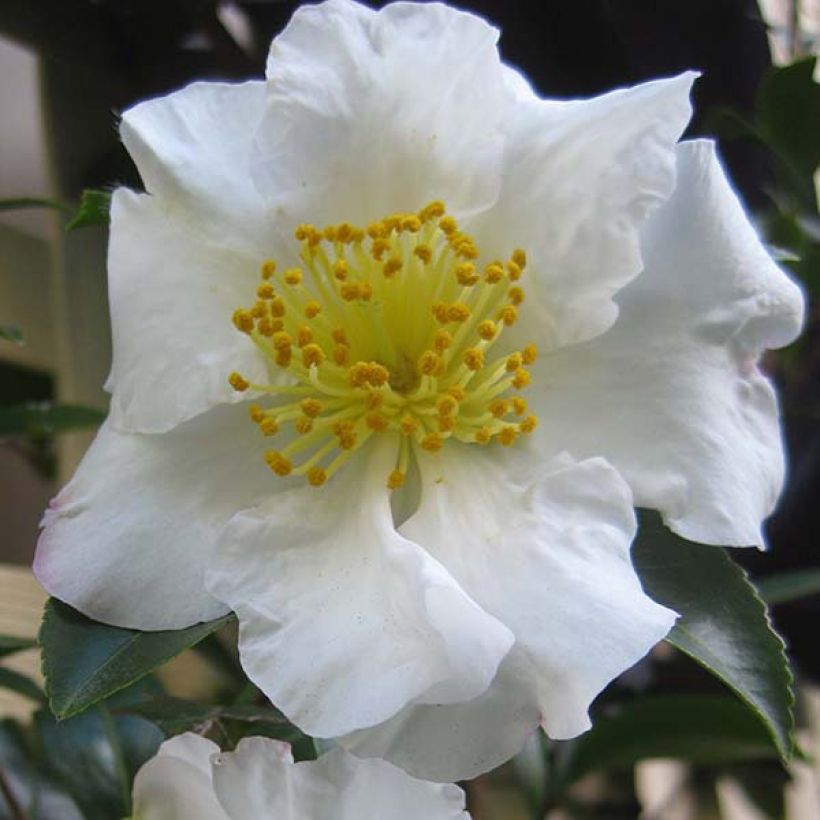

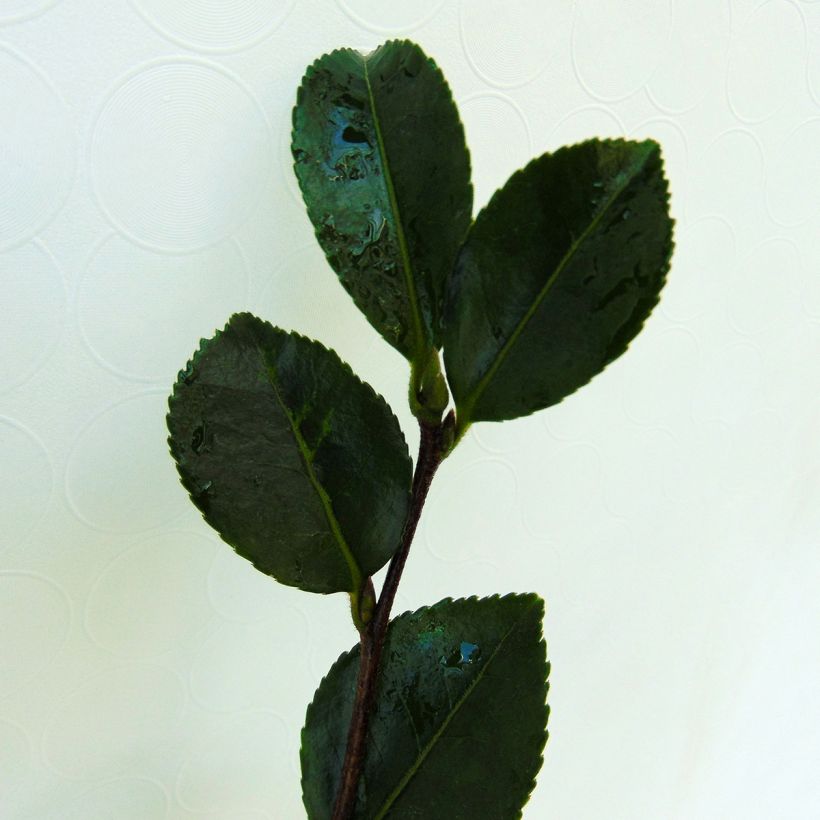

Plant habit
Flowering
Foliage
Botanical data
Camellia
sasanqua
Setsugekka
Theaceae
Autumn Camellia, Christmas Camellia
Cultivar or hybrid
Other Autumn Camellia
View all →Planting and care
Camellia sasanqua is an ideal bush for an oceanic, humid climate and a limestone-free soil. If these conditions are not met it will languish and never reach its full potential. It should be placed in a fairly shaded spot sheltered from cold and drying winds. It can be grown in full sun but the roots need to stay cool. Plant in a fresh, humus-rich, acidic, and well-drained soil. The bush should not be planted too deeply; the top of the root ball should be covered with 3 cm (1.2 in) of soil. In winter cover it with a 5 to 7 cm (2 to 3 in) thick mulch composed of leaf compost and crushed bark. Beware of late frosts that can damage the flowers and buds. Water during dry periods to prevent the dropping of flower buds. Camellia sasanqua can be prone to root rot, leaf spots, and viruses. It can be attacked by aphids and scale insects that cause sooty mould, as well as by weevils.
Planting period
Intended location
Care
Planting & care advice
-
, onOrder confirmed
Reply from on Promesse de fleurs
Similar products
Haven't found what you were looking for?
Hardiness is the lowest winter temperature a plant can endure without suffering serious damage or even dying. However, hardiness is affected by location (a sheltered area, such as a patio), protection (winter cover) and soil type (hardiness is improved by well-drained soil).

Photo Sharing Terms & Conditions
In order to encourage gardeners to interact and share their experiences, Promesse de fleurs offers various media enabling content to be uploaded onto its Site - in particular via the ‘Photo sharing’ module.
The User agrees to refrain from:
- Posting any content that is illegal, prejudicial, insulting, racist, inciteful to hatred, revisionist, contrary to public decency, that infringes on privacy or on the privacy rights of third parties, in particular the publicity rights of persons and goods, intellectual property rights, or the right to privacy.
- Submitting content on behalf of a third party;
- Impersonate the identity of a third party and/or publish any personal information about a third party;
In general, the User undertakes to refrain from any unethical behaviour.
All Content (in particular text, comments, files, images, photos, videos, creative works, etc.), which may be subject to property or intellectual property rights, image or other private rights, shall remain the property of the User, subject to the limited rights granted by the terms of the licence granted by Promesse de fleurs as stated below. Users are at liberty to publish or not to publish such Content on the Site, notably via the ‘Photo Sharing’ facility, and accept that this Content shall be made public and freely accessible, notably on the Internet.
Users further acknowledge, undertake to have ,and guarantee that they hold all necessary rights and permissions to publish such material on the Site, in particular with regard to the legislation in force pertaining to any privacy, property, intellectual property, image, or contractual rights, or rights of any other nature. By publishing such Content on the Site, Users acknowledge accepting full liability as publishers of the Content within the meaning of the law, and grant Promesse de fleurs, free of charge, an inclusive, worldwide licence for the said Content for the entire duration of its publication, including all reproduction, representation, up/downloading, displaying, performing, transmission, and storage rights.
Users also grant permission for their name to be linked to the Content and accept that this link may not always be made available.
By engaging in posting material, Users consent to their Content becoming automatically accessible on the Internet, in particular on other sites and/or blogs and/or web pages of the Promesse de fleurs site, including in particular social pages and the Promesse de fleurs catalogue.
Users may secure the removal of entrusted content free of charge by issuing a simple request via our contact form.
The flowering period indicated on our website applies to countries and regions located in USDA zone 8 (France, the United Kingdom, Ireland, the Netherlands, etc.)
It will vary according to where you live:
- In zones 9 to 10 (Italy, Spain, Greece, etc.), flowering will occur about 2 to 4 weeks earlier.
- In zones 6 to 7 (Germany, Poland, Slovenia, and lower mountainous regions), flowering will be delayed by 2 to 3 weeks.
- In zone 5 (Central Europe, Scandinavia), blooming will be delayed by 3 to 5 weeks.
In temperate climates, pruning of spring-flowering shrubs (forsythia, spireas, etc.) should be done just after flowering.
Pruning of summer-flowering shrubs (Indian Lilac, Perovskia, etc.) can be done in winter or spring.
In cold regions as well as with frost-sensitive plants, avoid pruning too early when severe frosts may still occur.
The planting period indicated on our website applies to countries and regions located in USDA zone 8 (France, United Kingdom, Ireland, Netherlands).
It will vary according to where you live:
- In Mediterranean zones (Marseille, Madrid, Milan, etc.), autumn and winter are the best planting periods.
- In continental zones (Strasbourg, Munich, Vienna, etc.), delay planting by 2 to 3 weeks in spring and bring it forward by 2 to 4 weeks in autumn.
- In mountainous regions (the Alps, Pyrenees, Carpathians, etc.), it is best to plant in late spring (May-June) or late summer (August-September).
The harvesting period indicated on our website applies to countries and regions in USDA zone 8 (France, England, Ireland, the Netherlands).
In colder areas (Scandinavia, Poland, Austria...) fruit and vegetable harvests are likely to be delayed by 3-4 weeks.
In warmer areas (Italy, Spain, Greece, etc.), harvesting will probably take place earlier, depending on weather conditions.
The sowing periods indicated on our website apply to countries and regions within USDA Zone 8 (France, UK, Ireland, Netherlands).
In colder areas (Scandinavia, Poland, Austria...), delay any outdoor sowing by 3-4 weeks, or sow under glass.
In warmer climes (Italy, Spain, Greece, etc.), bring outdoor sowing forward by a few weeks.






























